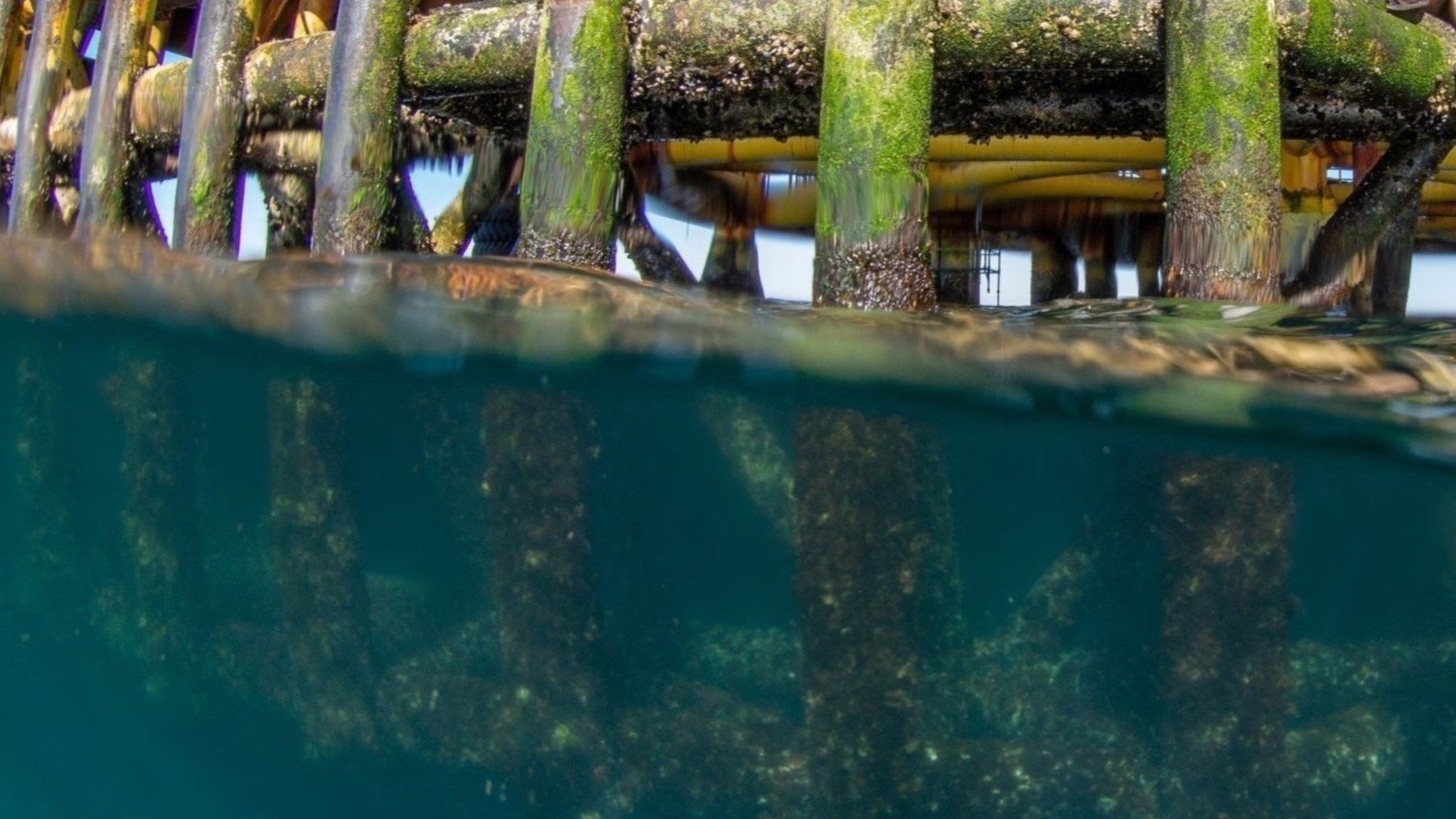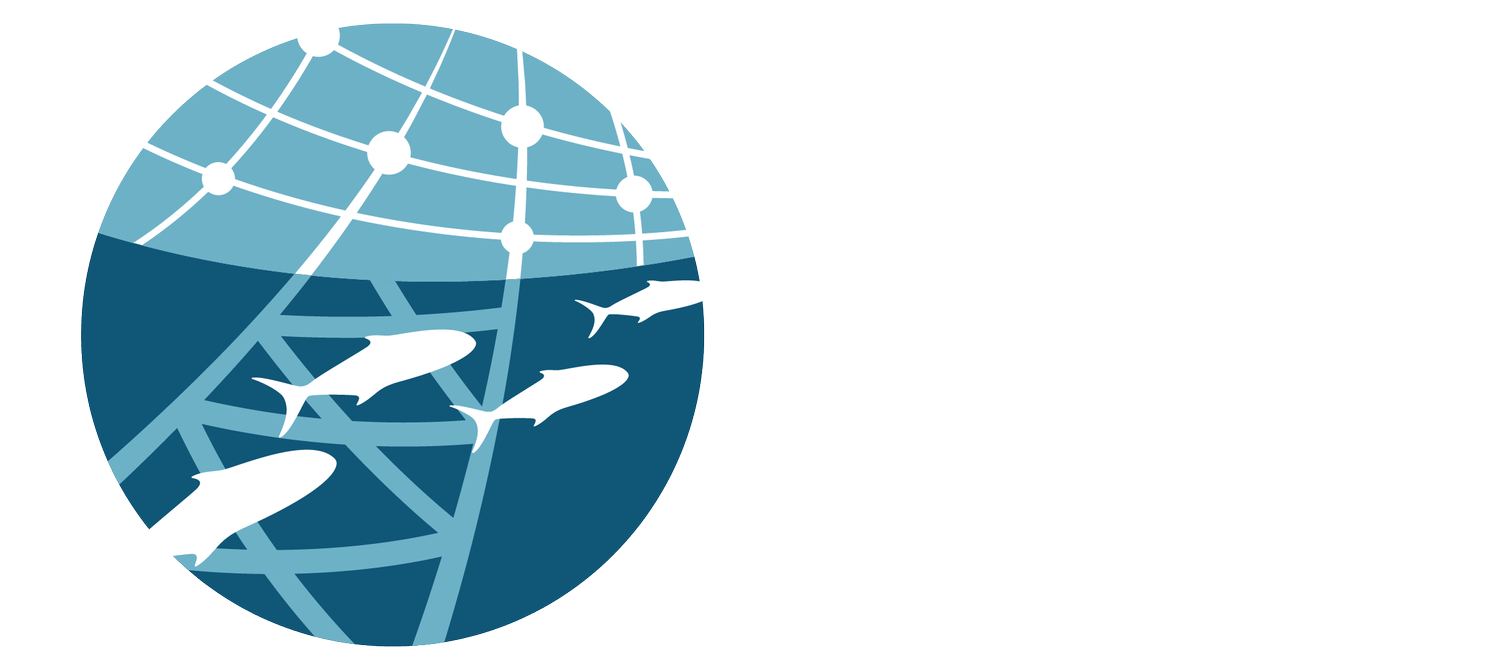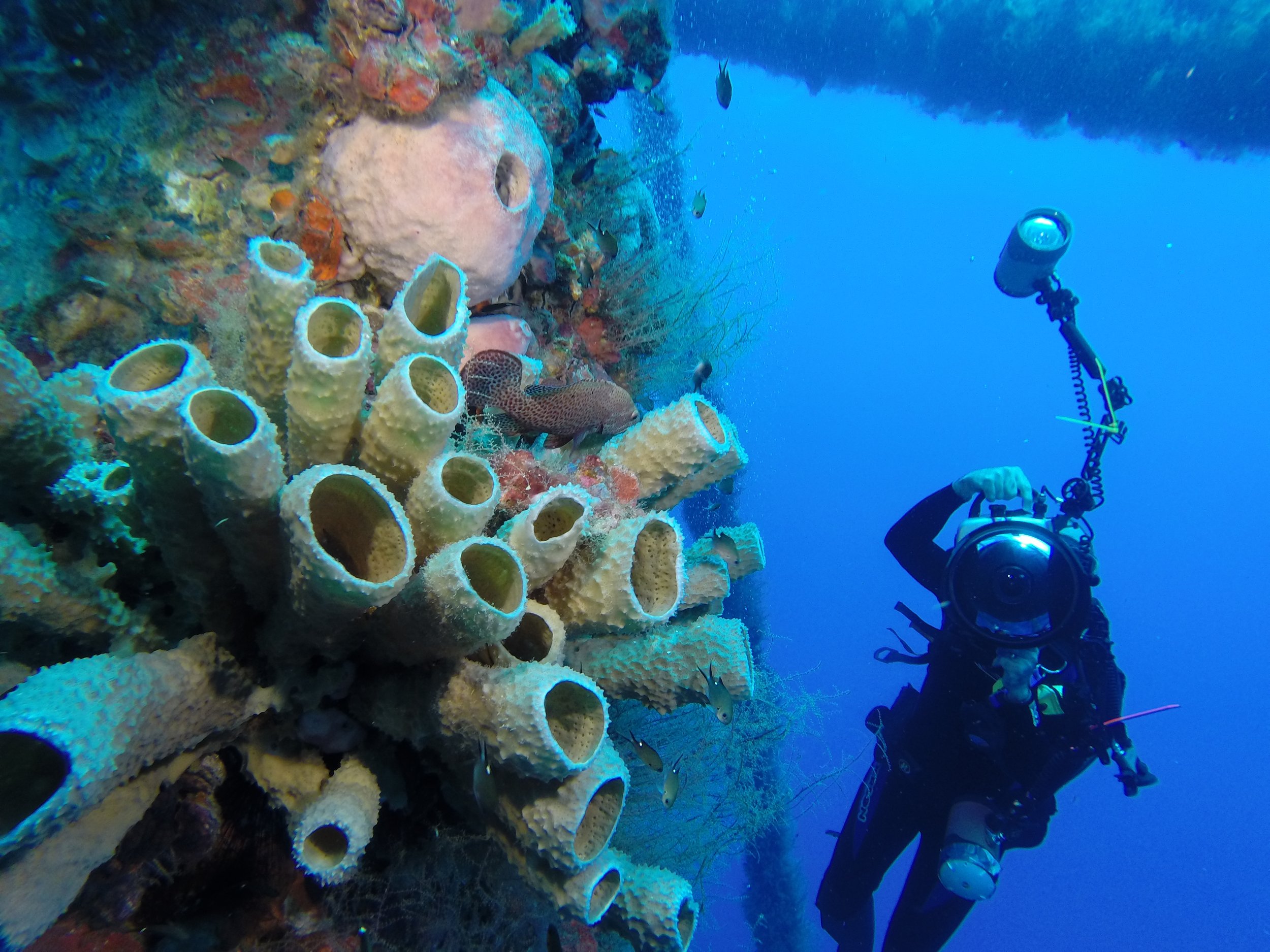
Offshore oil and gas platforms are on their way out, but offshore wind turbines are on their way in.
The Problem
The vast majority of offshore energy decisions regarding the removal or installation of offshore energy structures are made without fisheries input, yet these structures provide critical fisheries habitat and re-purposing them as reefs could be financially beneficial for both industry and state.
The FishLAT Solution
FishLAT uses regenerative AI to predict where to build, reef or remove structures to maximize benefits to fisheries and the environment, while minimizing risks and costs.
Who is Using FishLAT?
FishLAT is live in the Gulf of Mexico. Without any prior modeling experience, regulators and industry stakeholders, as well as fisheries managers and planners can use FishLAT to directly explore scenarios that matter to them to effectively inform offshore energy decisions. FishLAT protypes are being developed in California and off the east coast of the United States.
FishLAT can assist decision makers in determining:
-
Offshore structures provide complex reef-like habitat, and up to 6 acres of habitat per average strucutre.
-
Re-purposing a structure as a reef provides cost savings for industry and funds for the state. The state of Louisiana’s average revenue for each new reef has been $270,000. Over 300 reefed structures off Louisiana have generated more than $90 million for the state. Additionally, we will see the long-term value through the retention of habitat which is critical for the sustainability of the Gulf’s fisheries resources and the economic benefits of the fisheries represent millions of additional dollars.
-
FishLAT is a marine spatial planning tool which predicts how the removal, addition, or conversion of an offshore energy structure could impact fisheries. Additionally, FishLAT helps its end users make smarter decisions regarding the future of our offshore energy resources. This is critical to align often disconnected ocean users, fisheries and offshore energy, in the networked Blue Economy.

